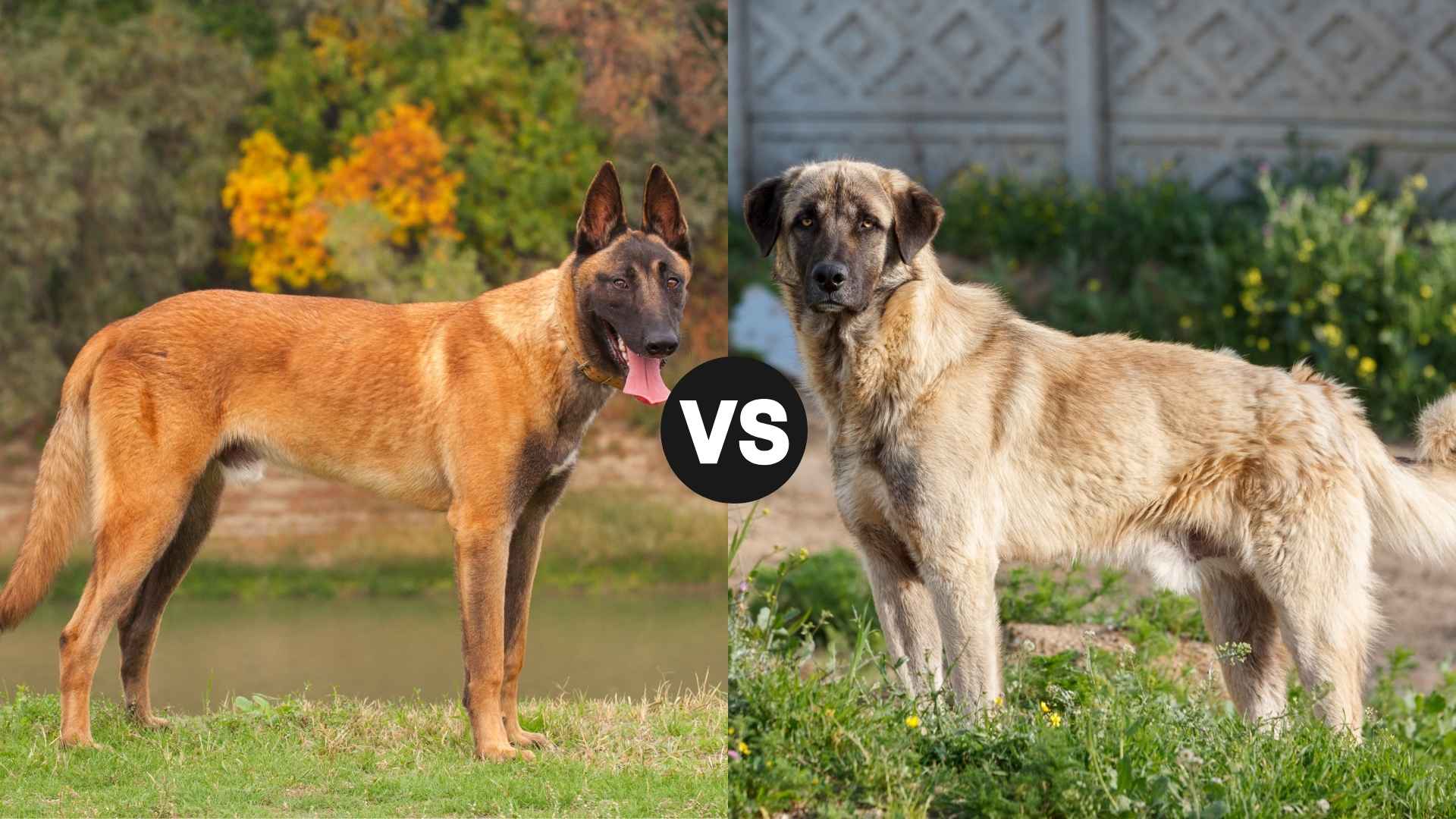When it comes to powerhouse guard dogs, few breeds spark as much debate as the Belgian Malinois and the Anatolian Shepherd. Both are fiercely loyal, highly capable protectors—but that’s about where their similarities end.
Choosing between them isn’t just a matter of looks or size; it’s about understanding their vastly different temperaments, training needs, and lifestyles.
The Belgian Malinois is the ultimate high-energy, highly trainable protector, famously employed by military and police units worldwide. In contrast, the Anatolian Shepherd is an ancient guardian breed, known for its independence, calm demeanor, and natural instincts to protect livestock and property with minimal guidance.
Whether you’re searching for an active, hands-on companion or a more autonomous sentinel, each of these breeds offers unique strengths that fit different types of owners and environments. In this head-to-head comparison, we’ll help you decide which noble guardian is the right fit for your home and heart.
Belgian Malinois vs. Anatolian Shepherd
Comparison of Size and Weight
When it comes to dogs, not all fluff is created equal. Today, we pit two of the most fascinating, hard-working breeds against each other in a friendly face-off: the Belgian Malinois and the Anatolian Shepherd. Grab some treats, sit, and stay — let’s dive in!
Belgian Malinois:
The Belgian Malinois dog hails from — you guessed it — Belgium, specifically the region of Malines (hence the name Malinois). Back in the late 1800s, Belgian shepherd dogs were developed into distinct varieties based on coat type and region. The Malinois was the short-coated, hard-working variety, known for its agility, intelligence, and versatility.
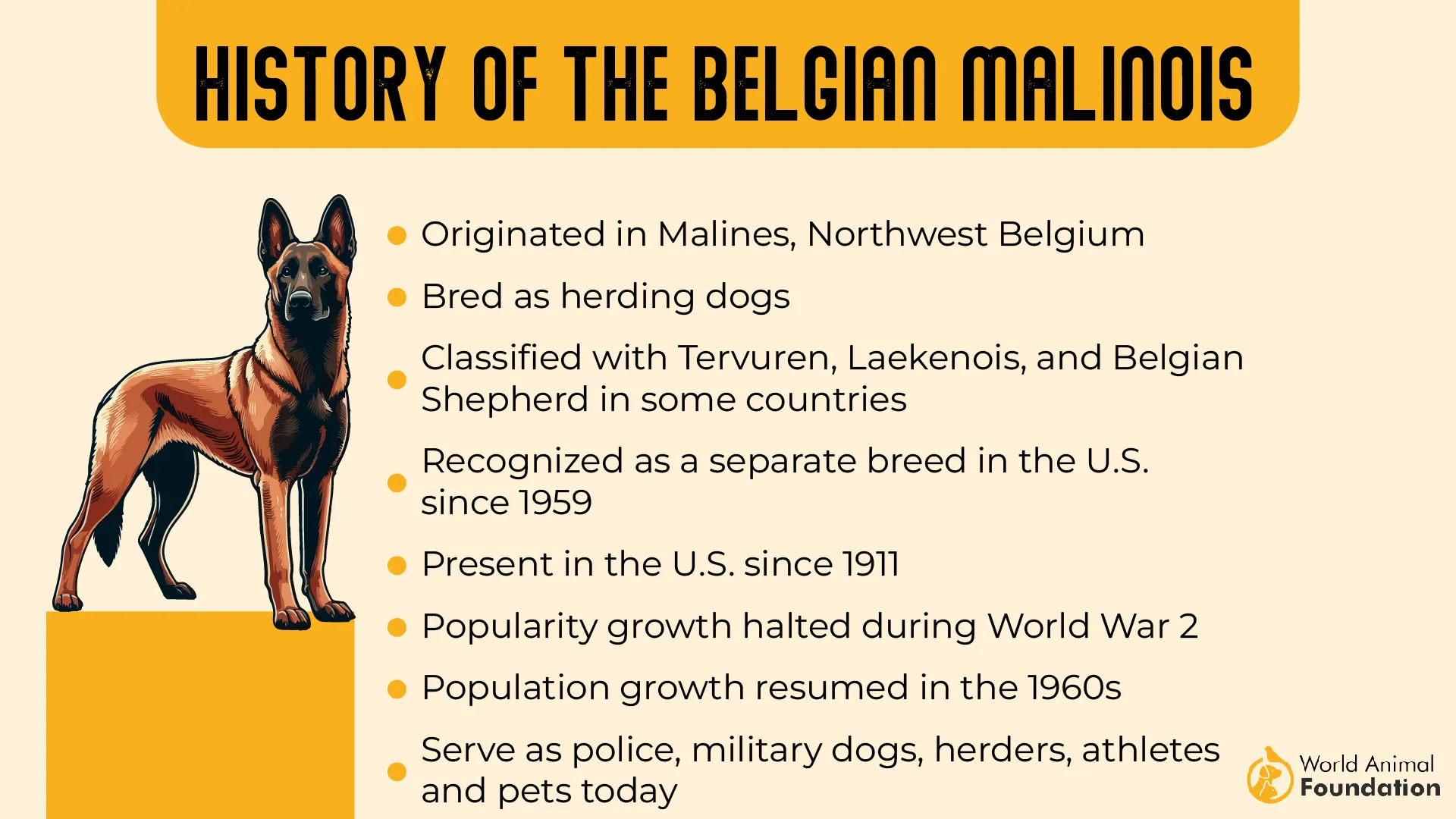
Original Purpose:
Herding sheep and livestock
Guarding farms
Performing general farm work
Think of the Belgian Malinois as the canine equivalent of a super-fit special ops agent. Sleek, athletic, and ready to spring into action at a moment’s notice.
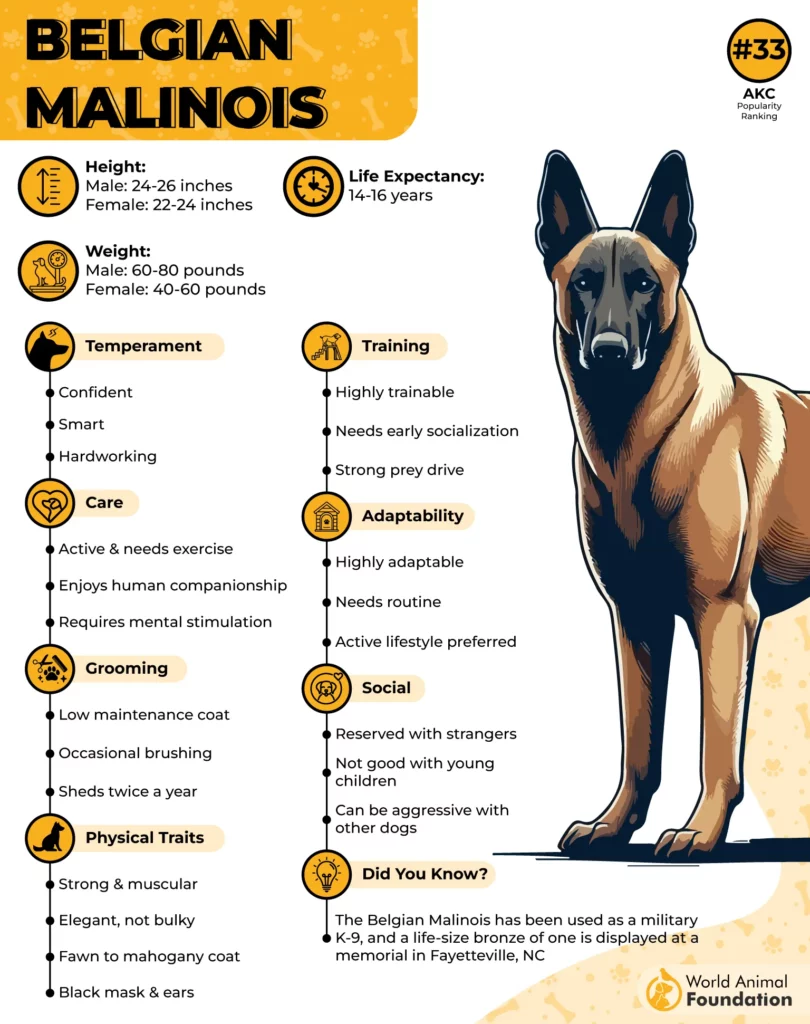
Height: 22-26 inches
Weight: 40-80 pounds
They’re lean, mean, agility machines — the kind of dog that looks like it could chase a frisbee into another dimension.
Anatolian Shepherd:
Now we go way further back — thousands of years, in fact — to the rugged mountains and plains of Anatolia (modern-day Turkey). The Anatolian Shepherd dog descends from some of the oldest known livestock guardian dogs in the world.
Original Purpose:
Guarding flocks of sheep and goats from predators like wolves, bears, and even leopards.
Working independently, often without human supervision for long periods.
Anatolian Shepherd — the gentle giant from the rugged Turkish hills. This breed doesn’t chase; it watches. It guards. It naps with one eye open.
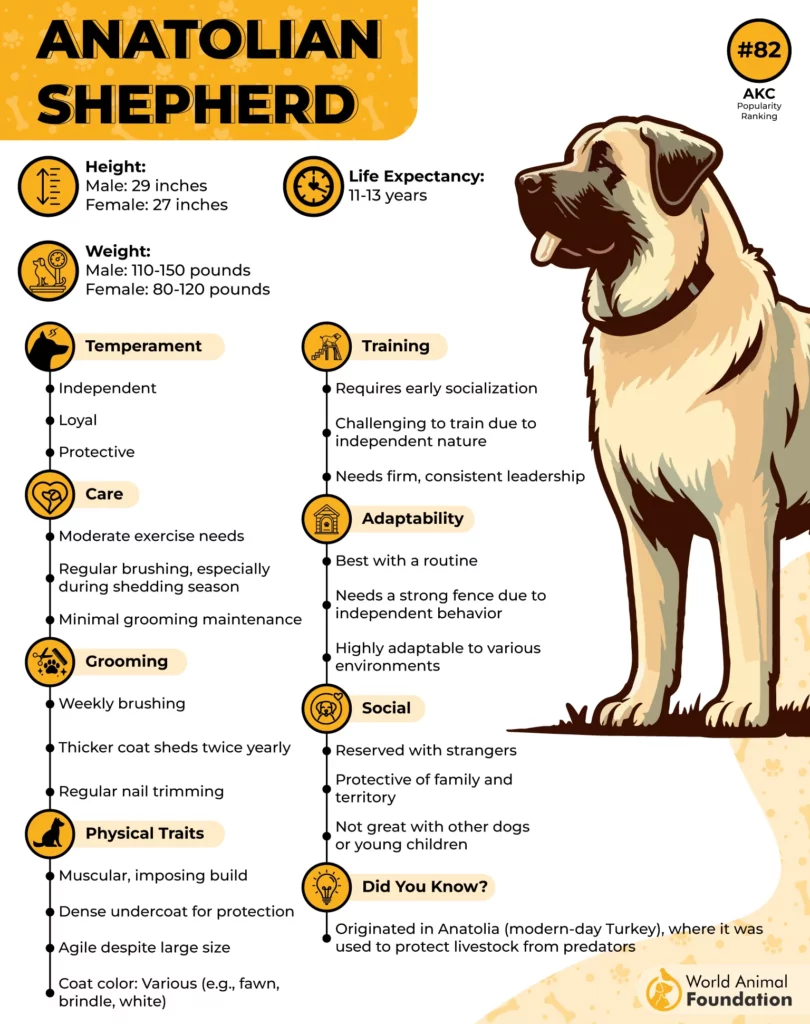
Height: 27-29 inches, often more
Weight: 80-150 pounds
Basically, the Anatolian Shepherd is like that bouncer at the club who’s calm but you know not to mess with.
Personality and Temperament Overview
If you want a dog that acts like a Navy SEAL, get a Malinois. If you want one that acts like an ancient guardian who’s seen some stuff, go with the Anatolian.
Belgian Malinois:
If the Belgian Malinois had a LinkedIn profile, it would read: “Highly motivated, quick learner, enjoys complex problem-solving, and thrives in fast-paced environments.” This is the breed that trains with police, military, and search-and-rescue teams. They live to work — and if you don’t give them a job, they’ll make one up (sometimes at your furniture’s expense).
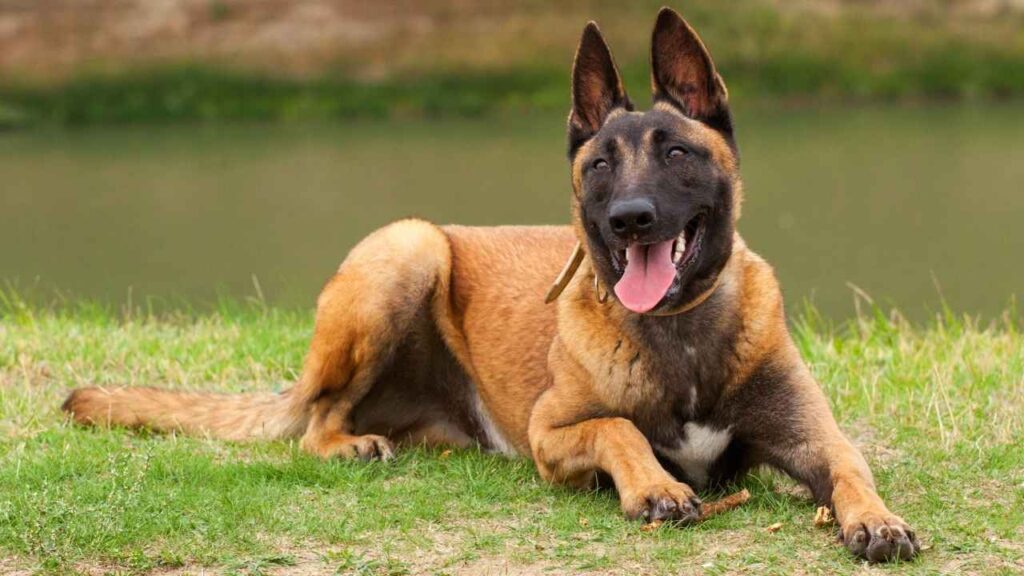
Main Personality Traits:
✅ They don’t just run — they sprint like they’re training for the Dog Olympics.
✅ You’re not just getting a dog; you’re getting a four-legged strategist.
✅ When they have a task, nothing — and I mean nothing — can break their concentration.
✅ According to the AKC, the intelligent, self-assured, and adaptable Belgian Malinois excels as a top-tier working dog, forming a deep and lasting connection with its human companion.
✅ Will absolutely tell you if something’s off. Or if they just feel like chatting.
✅ Despite their tough looks, they can be emotionally sensitive. Harsh words = hurt feelings.
✅ When not working, they have a goofy, clownish side that comes out in bursts of zoomies and hilarious antics.
Anatolian Shepherd:
The Anatolian Shepherd is the strong, silent type. Imagine a dog that could guard livestock against wolves — because that’s literally what they were bred for. They are fiercely independent thinkers, which means they don’t always follow orders… but they’re not being disobedient; they’re just considering their options.
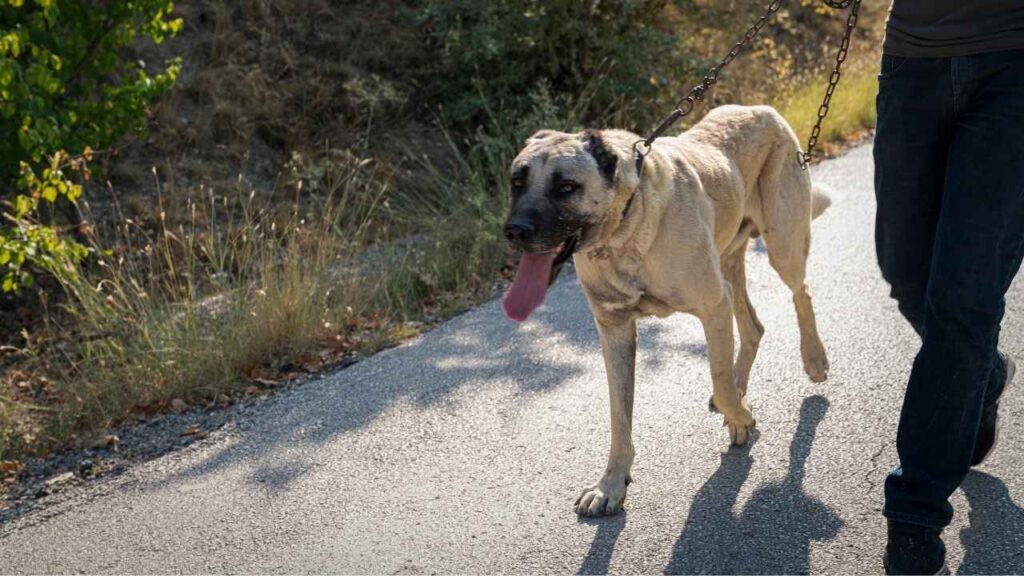
Main Personality Traits:
✅ They have this calm, watchful demeanor that makes you feel like they know something you don’t.
✅ They’ll listen… but only if they agree it’s worth doing.
✅ Won’t bark just for fun. But if something’s wrong? Instant alert mode.
✅ Surprisingly relaxed inside the house. Nap champions.
✅ Will draw invisible property lines in their head — and defend them like ancient warriors.
✅ Loving and affectionate with their people, especially kids and livestock.
Adaptability and Level of Independence
Belgian Malinois:

Living Situation: Can adapt to various environments if their mental and physical needs are met. Apartment? Possible. Suburb? Sure. Farm? Absolutely. But don’t expect them to sit around staring out the window.
Adaptability Score: High — provided they have daily mental and physical stimulation.
Independence Level: Low.
Malinois like to do life with you. They are your shadow, your co-worker, your emotional support, and your personal trainer rolled into one. Leave them alone too long? You’ll come home to a house that’s been “redecorated.”
Anatolian Shepherd:

Living Situation: Perfectly suited for rural or large properties. Small apartments? Ehh… they’d rather not. They need space to patrol and some livestock (or family members) to protect.
Adaptability Score: Moderate — they adapt better to your absence than to busy, noisy environments.
Independence Level: Very High. Purina says, as a flock guardian breed, the Anatolian is naturally independent, accustomed to making decisions on its own without guidance from a shepherd. In a household setting, this independence can make them challenging companions, requiring attentive and skilled management.
The Anatolian has a “don’t call me, I’ll call you” attitude. They are content to handle security shifts solo while you binge-watch Netflix inside.
Bite Force and Jaw Characteristics
Now let’s talk about those impressive jaws. Because let’s face it — these dogs could both headline an episode of “Dog Jaws Unleashed.”
Belgian Malinois:
Bite Force: Estimated around 195 to 250 PSI (pounds per square inch).
Jaw Traits: Fast, precise, controlled. Malinois are often trained for bite work in police and military operations, where their grip and release on command are crucial.
Style: Think of them as the special ops of biting — tactical, surgical, and highly controlled when properly trained.
Fun Fact: Their bite may not be the strongest in the canine world, but it’s strong enough to subdue a suspect — and that speed? Lightning fast. Blink and they’ve already bitten (or decided not to, based on training).
Anatolian Shepherd:
Bite Force: Estimated around 500 to 700 PSI. Yes, you read that right — we’re talking lion-level bite force here.
Jaw Traits: Massive, powerful, and built for real-world threats — like wolves and bears.
Style: Think of them as nature’s medieval weapon: once they bite, it’s like a bear trap locking down.
Fun Fact: An Anatolian’s bite was designed not for sport but for survival. Their ancestors protected livestock against predators, and those jaws made sure the predators reconsidered their life choices.
Health Conditions and Lifespan Analysis
No matter how impressive their bite force or how ancient their lineage, both the Belgian Malinois and Anatolian Shepherd come with their own set of health issues. Let’s take a peek under the fur and see what owners should know to keep these magnificent pups thriving for years to come.
Belgian Malinois:
You’d think a dog this athletic is invincible — but even elite athletes have their weak spots.
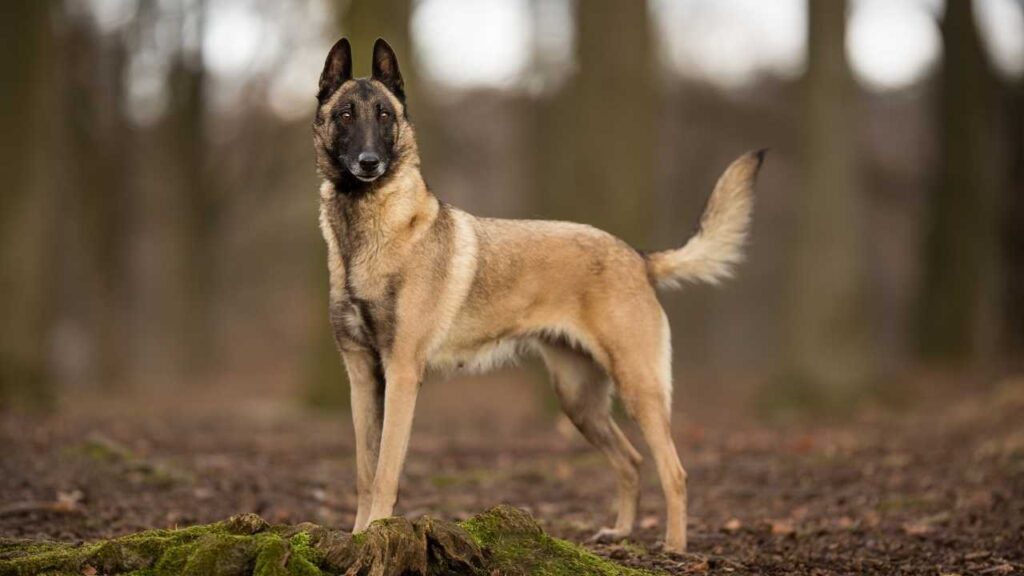
Lifespan:
Average: 12–14 years
With excellent care? Sometimes even 15 years or more!
Common Health Concerns:
Hip Dysplasia: Common in many active, larger breeds.
Progressive Retinal Atrophy (PRA): Can lead to vision loss.
Elbow Dysplasia: Those hard landings can take a toll.
Heart Issues: Less common, but possible.
Anxiety / OCD behaviors: High-strung nerves can lead to repetitive behaviors if not mentally stimulated.
Overall Health Summary:
They’re generally very healthy — if you stay ahead of joint health and give them enough activity and training to keep their brain happy, you’ll have a long-lived, active companion.
Anatolian Shepherd:
Think of the Anatolian as the off-grid survivalist of the dog world: built for rugged conditions and rough work.
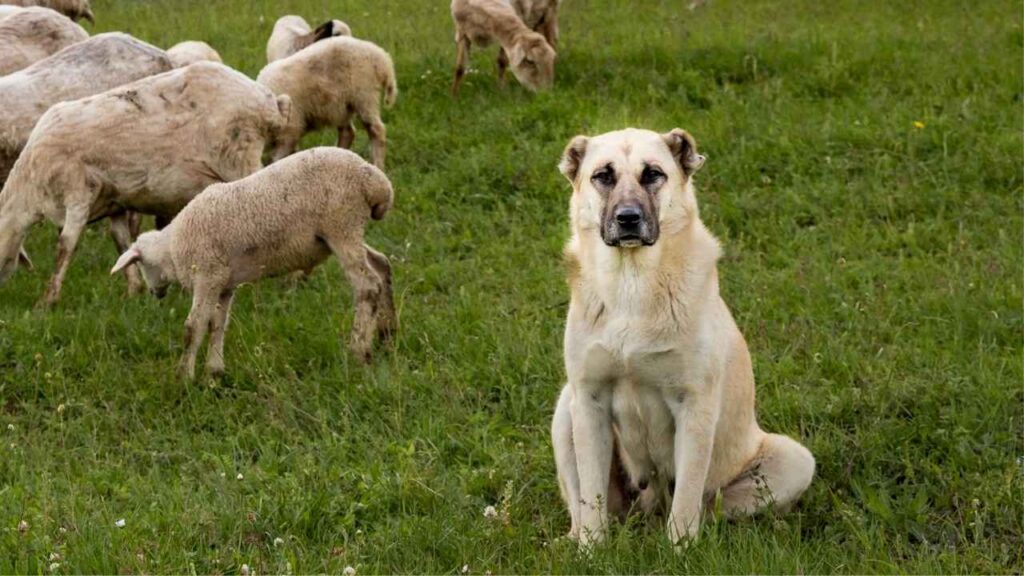
Lifespan:
Average: 10–13 years
For a giant breed? That’s pretty impressive.
Common Health Concerns:
Hip Dysplasia: No surprise here, size matters.
Entropion: A condition where eyelids roll inward (ouch).
Hypothyroidism: Can affect weight, coat, and energy levels.
Bloat (Gastric Torsion): A risk for many deep-chested, large breeds.
Cancer: Sadly possible in older dogs.
Overall Health Summary:
For a large breed, they’re hardy and fairly low-maintenance medically — provided they don’t overeat (or sneak too many snacks).
Energy Levels and Daily Exercise Needs
Whether you’re looking for a jogging buddy who can outpace you or a chill companion who guards the homestead while sipping (imaginary) tea, these two breeds sit on opposite ends of the energy spectrum. Let’s break down how much fuel they burn — and how much time you’ll be spending keeping up!
Belgian Malinois:
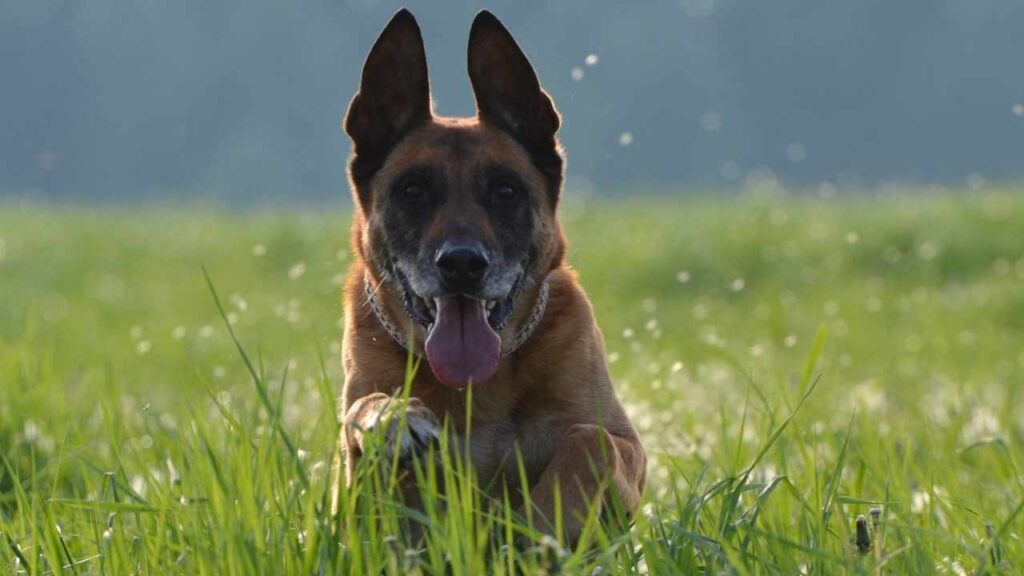
Energy Level:
Basically, their energy dial broke years ago.
Constantly in “go mode.” If Red Bull made a dog breed, this is it.
Daily Exercise Needs:
2–3 hours minimum per day (and honestly, that’s just keeping them happy. More is better.)
They thrive on structured activity:
Agility
Obedience training
Protection work
Search and rescue
Scent work
Long hikes, jogs, and fetch marathons
Mental stimulation is non-negotiable. Puzzle toys, advanced training sessions, and interactive play are essential. Belgian Malinois require a committed and knowledgeable owner who is eager to enjoy an active lifestyle alongside their canine companion, according to PetMD.
What happens if they don’t get enough exercise?
Destruction.
Anxiety.
Creative redecorating.
Spontaneous “projects” involving your furniture, shoes, walls, etc.
Fun Description:
They’re like that friend who wakes up at 5 AM, runs 10 miles, meal preps, works 12 hours, and still wants to go out for drinks. Every. Day.
Anatolian Shepherd:
Energy Level:
Moderate, with big bursts when duty calls
Low to moderate inside the house; higher when guarding or patrolling outdoors.
Daily Exercise Needs:
45 minutes to 1.5 hours daily, depending on age and lifestyle.
A few nice walks, some off-leash patrols in a secure yard or pasture, and they’re content.
Less into fetch, more into strolling and surveying their territory.
No intense mental workouts needed — they’re independent thinkers who don’t require constant tasks.
What happens if they don’t get enough exercise?
Honestly? They’ll probably just nap more.
If left alone too much without purpose, they may become destructive or start guarding behaviors where they shouldn’t (like your Amazon delivery guy).
Fun Description:
They’re like that friend who’s cool just sitting by the fire with a book, but will absolutely leap into action if someone knocks on the door at 2 AM.
Grooming Requirements and Allergy Considerations
Anatolian Shepherd dog vs Belgian Malinois brings beauty to the table — but that beauty comes with a certain amount of fur flying around your home. Let’s dig into how much time you’ll spend brushing, vacuuming, and checking if your allergy meds are fully stocked.
Belgian Malinois:
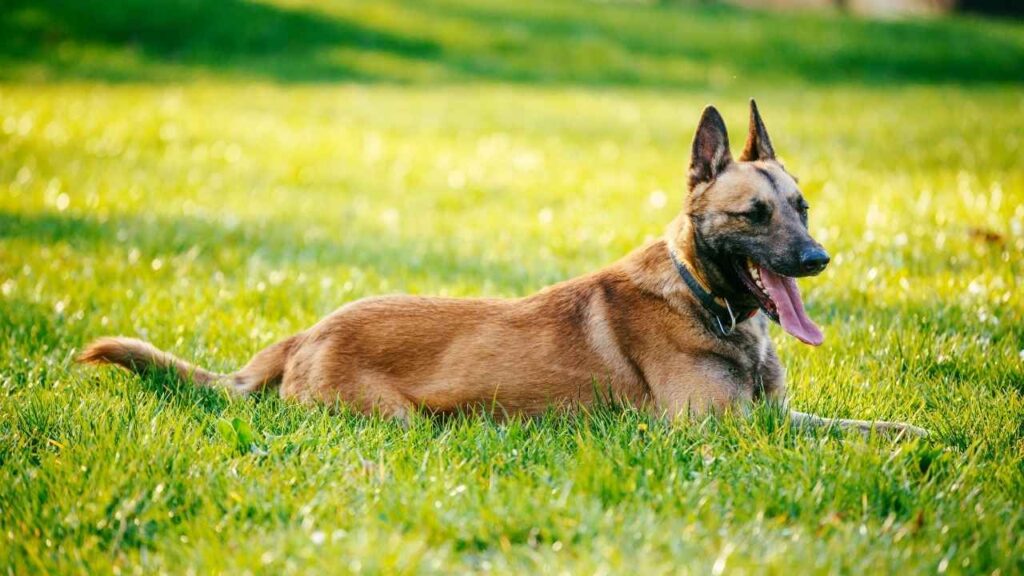
Coat Type:
Short, dense double coat.
Weather-resistant, which helps keep them looking sharp year-round.
Grooming Needs:
Weekly brushing for most of the year keeps the coat healthy and reduces loose fur.
When shedding season hits (usually spring and fall), be prepared for daily brushing sessions — or surrender to the flying fur.
Baths? Occasional. These dogs are pretty self-sufficient in the cleanliness department.
Nail trimming, ear checks, and dental care should be part of the routine.
Allergy Considerations:
Moderate allergy risk.
The short coat still produces dander, which can affect allergy sufferers, especially during heavy shedding periods.
Not considered hypoallergenic.
Reality Check:
With a Malinois, you’ll spend more time exercising them than grooming them, but you’ll still want a quality brush and a powerful vacuum for those seasonal fur dumps
Anatolian Shepherd:
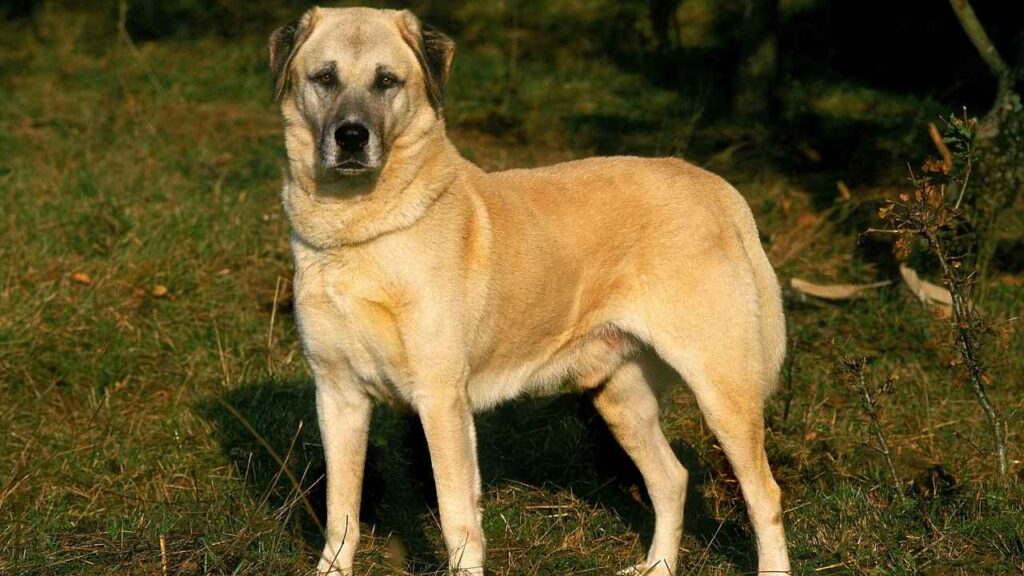
Coat Type:
Thick, dense double coat.
Designed for extreme climates — from sizzling summers to freezing winters.
Coat length varies: some are short-coated, others have longer fur, but both types shed heavily.
Grooming Needs:
Weekly brushing is a must — more like mandatory maintenance.
When the seasons change, you’ll experience full-blown coat-blowing events that may make you question your life choices (and your vacuum’s motor).
Occasional baths are fine — too many can strip their natural oils.
Pay special attention to behind the ears, under the legs, and around the neck, where mats can form.
Allergy Considerations:
Higher allergy risk due to the thick coat and heavy seasonal shedding.
Lots of fur = lots of dander = potential allergy triggers for sensitive people.
Definitely not hypoallergenic.
Reality Check:
Owning an Anatolian Shepherd means accepting a certain level of fur in your life. Invest in lint rollers. Lots of lint rollers. And maybe a robot vacuum too.
Conclusion
The Anatolian Shepherd Dog and Belgian Malinois are both highly intelligent, confident, and protective breeds, but they serve different roles and have key differences in temperament and training. The Anatolian, recognized for its natural guarding instincts, is great for protecting livestock and property, often working independently and requiring less ongoing handler effort.
In contrast, the Belgian Shepherd, particularly the Malinois, is typically used as a therapy dog, in law enforcement, or with handlers for security and military work. Its high energy and eagerness to find ways to assist make it well-suited for tasks involving elderly people, search and rescue, and service work. While German Shepherd Dogs may appear similar, each breed has unique traits that affect their suitability for specific roles.
Both Anatolians and Malinois may be wary of strangers and can bite if threatened, so consistent, proper training and socialization are essential to ensure safe and reliable behavior.


